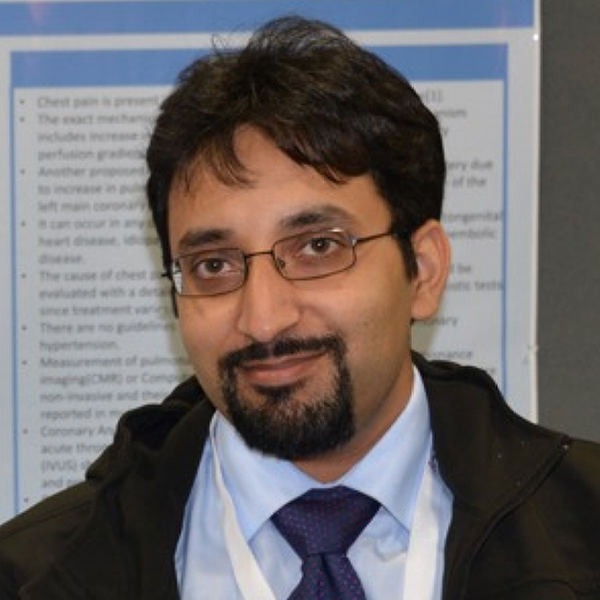Effective Project Management of Clinical Trials
During medical school or post graduate training, we receive some formal training in designing and running complex programs like research projects or clinical trials. For those interested in clinical research, we then spend years learning how to ask good research questions, draft research protocols, apply correct research methodology and write successful grant applications.
Following this path, I was lucky to secure a grant and start a pilot clinical trial involving 30 patients. I thought I had all the right tools, time and resources to successfully conduct this project. However, I soon realized the painful reality of managing a clinical trial – it is incredibly challenging! I encountered multiple early failures like slow recruitment, lack of team coordination and overall inefficiency. It dawned on me that at no point during my clinical career had I received formal training in project management. A project management expert helped me navigate this challenge. In this article, I share my insights on project management not only for clinical trials but also for any type of project requiring the coordination of a team and resources around a specific objective.
Pearl #1: Project management of clinical trials is a science with valuable tools at your disposal.
We tend to think the day-to-day business of managing a clinical trial is not the "scientific part." However, project management is a science and has well-defined evidence-based methods. Recognizing this is the first step in successfully managing clinical trials. Learning to harness the power of these tools is the second step. Using tools like chunking, GANTT charts, and resource allocation will organize and simplify the flow of your trial.
Pearl #2: Focus more on human aspects as compared to technical aspects.
There are two major aspects of any large project: the technical and the human. As trained scientists, we tend to take the rational approach: "If I have two research nurses available and I am paying for 60% of their full time equivalent from my grant, then they will work whole-heartedly for three days per week on my project and I will finish this project in three months."
The root cause of inefficiency in my clinical trial was not technical, it was me ignoring the "human-side." I was fixated on productivity but overlooked the people working with me – my team. I realized that regardless of the resources and planning, it is the human element that drives successful project management.
Pearl #3: Motivate your team.
As the project manager or principal investigator, it is important to understand some principles of team building so that our team can deliver results and still enjoy the process.
- Grow the Team Leader: Building a better team always starts with building a better team leader. Inspiring your team with your hard work, work ethic, compassion, empathy and leading by example can ensure a long-lasting relationship even in challenging times.
"Leading means that others willingly follow you – not because they have to, not because they are paid to, but because they want to." – Simon Sinek. - Know your team: Ask, "What motivates my team to conduct research?" "What is their background, their perspective?" Have an honest conversation and get to know the person behind the title. For example, what motivates those trainees to volunteer their 80-hour work week and sacrifice their weekends to your project? What sparks the interest of your research nurses? Is it just a job requirement or are they passionate about the science? What are your team members' expectations? Answers to these questions will help you build a motivated, hard-working team.
"A team is not a group of people that work together. A team is a group of people that trust each other." – Simon Sinek. - Rapport building: Showing interest in your team member's life not only at work but also outside work helps to create a stronger relationship. While we have multiple project meetings where we discuss progress, timelines and feedback, taking an interest in the person behind the job is essential. Asking about their family, hobbies and how their weekend was is enough to create a connection. A big part of being a scientist is being a good friendly human being first.
- Feedback: It is important to get feedback from team members and always get their input on how to improve workflow and identify gaps between your expectations and their perception. It provides the opportunity to look at things from their perspective and realize their challenges.
Conclusion
Project management coaching made me realize that although I was technically competent, I was ignoring the human element of my clinical trial. What did I change? I got to know my team members as individuals. I discovered what motivated each one of them and we worked together to align their roles in light of their strengths and interests. They were helpful in suggesting several quality improvements to the project and our overall workflow and efficiency was much better. I went from frazzled to effectively managing my first clinical trial.
In the end, real life is a lot messier than a mathematical equation. To successfully move a project, program or trial forward, designing it is not enough: plan using the right tools, keep your key stakeholders motivated and informed, and channel your energy into growing a solid team.



